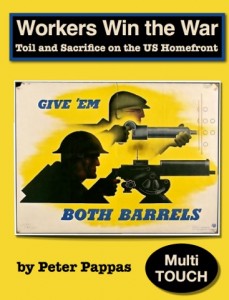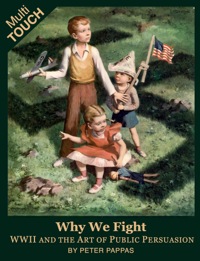| Document Based Question | |||||
Basic Resources Learn More Standards |
 |
NEW multi-touch iBook
18 rarely seen CCSS learning prompts
|
Visit my blog for more ideas and material Sample DBQ's Gr 2 Local History (new)* * Special thanks to: Kate Gillan, K-8 Social Studies Director at East Irondequoit and all the district teachers who produced this fine series of DBQ's and CRQ's. Follow me on Twitter/edteck More DBQ projects What did Europeans see when they looked at the New World and the Native Americans? A document based activity that examines European views of Native American and the New World in the Age of Exploration. Visit my blog for Picturing Ourselves: Teaching with Visual Documents Homefront America in WW II Improve content reading comprehension with source documents framed around essential questions that link the past and present. Work, Culture and Society in Industrial America DBQ's that explore the new opportunities and social problems of the industrial era. Learn more about Student Guide to Answering |
||
 |
NEW multi-touch iBook
13 rarely seen WWII propaganda films CCSS learning prompts
|
||||
| Document Based Questions (DBQ) assess the
ability of each student to work with historical sources in multiple forms. The secondary
DBQ will have a maximum of 8 documents; at least 2 of which will be visuals. The 7/8
assessment will have a DBQ with 4 documents (including 2 visuals). The DBQ requires many
of the same skills used in developing a research paper - interpreting primary and
secondary sources, evaluating sources, considering multiple points of view, using historic
evidence, developing and supporting a thesis. Document-based questions:
The DBQ will consist of two parts. In the first part, students will be required to answer a key question on each document. This generally involves interpreting the main idea or point of view expressed in the document. This section will be "scaffolded" to the second part in which the student will write an essay using the documents to respond to a specific question. In this second part, students are asked to utilize all the sources, plus their understanding of history to respond to a question. This second part will require them to move beyond simply quoting all the documents. They will need to use the documents as evidence in support of a thesis that responds to the assigned (part two) question. The student will be required to use all documents and incorporate outside information. The student will have no choice on the DBQ. To receive full credit in a five point rubric the essay will need to:
Credit would be reduced if the response:
|
|||||